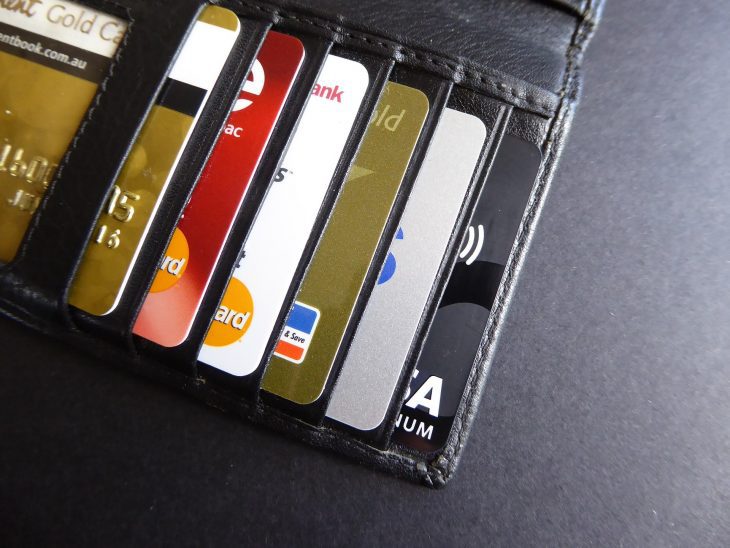I first got into credit cards around the time of the landmark Marquette decision (Marquette Nat. Bank of Minneapolis v. First of Omaha Service Corp. (1978)) which kept me on a plane to Joe Foss Field in Sioux Falls, SD as Citibank began to migrate their credit card operation from New York to protect interest rate margins. Under Marquette, banks could export credit card rates from state-to-state; this was a big first step for interstate banking.
The story comes to mind in today’s read by Bank Rate that talks about the impossibility of finding a credit card not pegged to the Prime Rate. Pegging to the Prime allows issuers to protect against interest rate risk. If you have a fixed rate at 15% and the prime climbs 2 %, the bank’s margin has exposure. By adding a statement such as “Prime + 17%” the spread is protected.
- Banks and credit unions are hesitant to let borrowers snag a card that won’t keep up with risking interest rates set by the Federal Reserve.
- Consumers could beat the bushes looking for a line of credit that comes with a steady, low-interest rate…
No kidding!
- Less than 4 percent of the 2,335 credit card agreements on file with the Consumer Financial Protection Bureau were related to cards with fixed or non-variable
- Cards tied to federal interest rates don’t require the same heads-up before rate increases which prompted many card issuers to pull back on fixed rates.
Fixed-rate cards are now a relic.
Overview by Brian Riley, Director, Credit Advisory Service at Mercator Advisory Group
